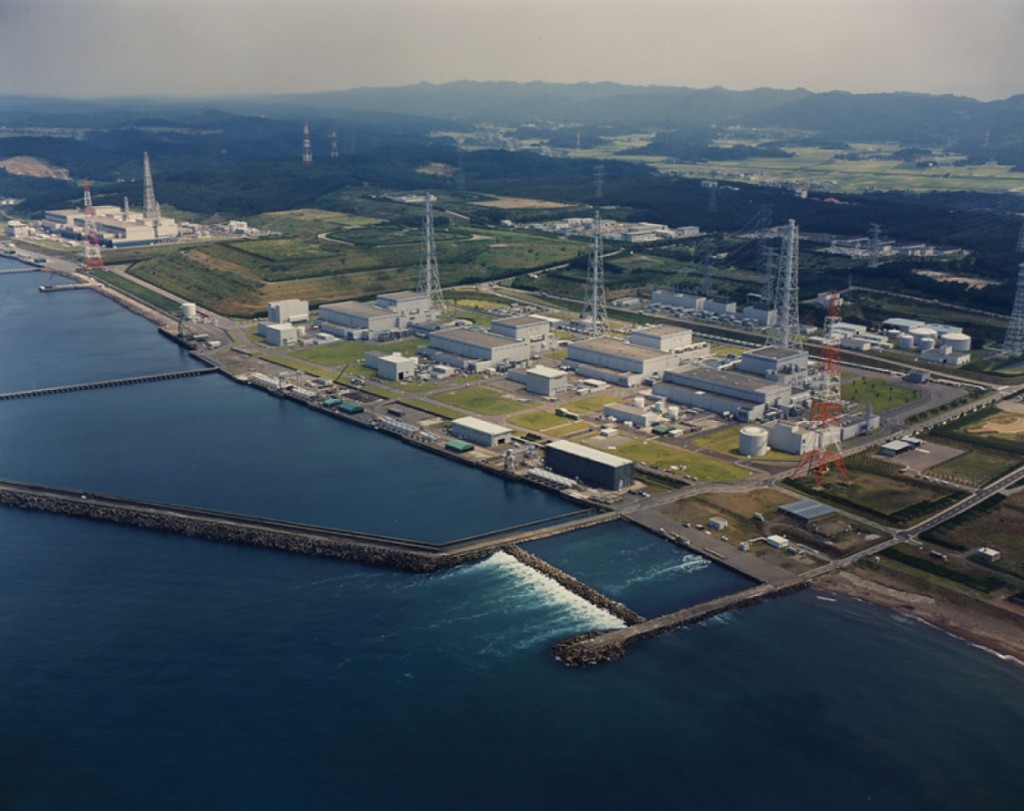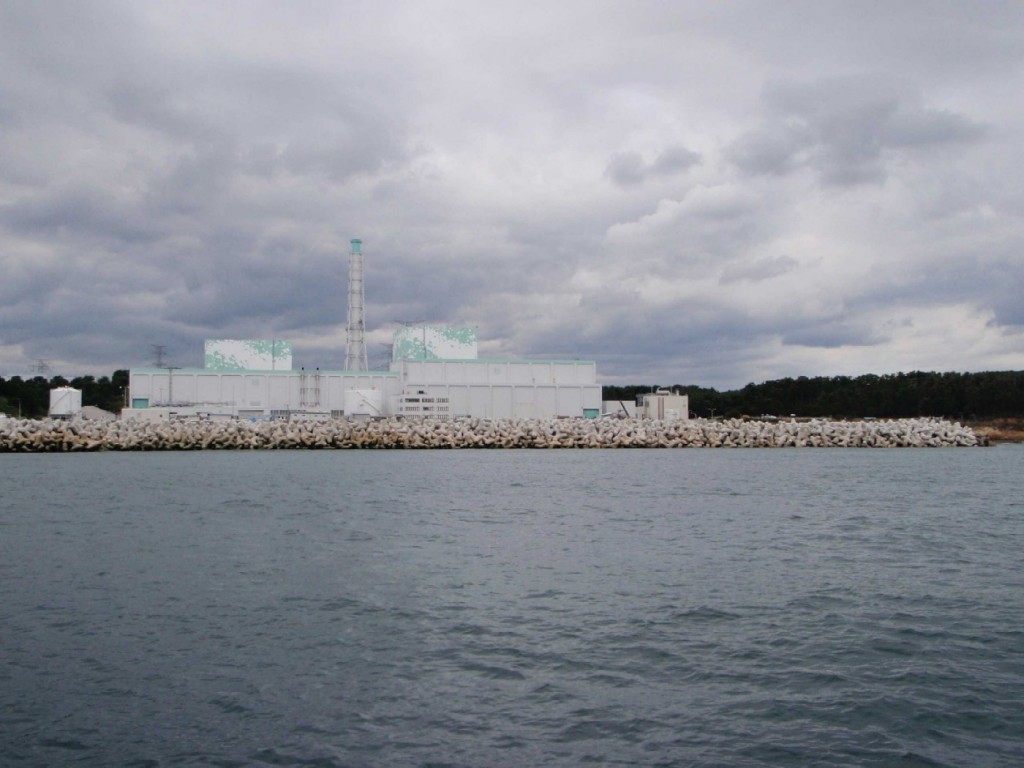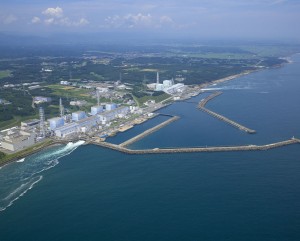The approach of the second anniversary of the Great East Japan Earthquake of March 2011 finds nuclear energy in Japan at a crossroads. After the quake and resulting tsunami, the nuclear plants in Japan that did not shut down immediately eventually all had to shut down for their required, scheduled outages. Political pressures, for the most part, prevented any near-term chance of any of them restarting, it seemed at the time. When Tomari Unit 3 shut down in May 2012, Japan found itself with not one single operating nuclear power plant for the first time in decades. Since that time, only two nuclear units have restarted-Ohi Units 3 and 4 in July 2012. Other plants, rumored to be "next" to start up, have still not started up, although they may soon. The question that springs to mind is naturally, "When will the majority of the plants be allowed to restart?" The more insightful question, though, is, "What will have to be done in order to allow any plant to restart?" And how can we tell which will start first-is there any clue present now? Yes, there is.





 ANS Nuclear Cafe is proud to host the 170th edition of the Carnival of Nuclear Energy - a rotating feature that showcases the best pro-nuclear blogs and authors each week in a single, easy to access compilation. Contributions are volunteered by the authors, with the exception of "Captain's Choice" picks that the Carnival host makes from time to time. With that, let's get to this week's posts!
ANS Nuclear Cafe is proud to host the 170th edition of the Carnival of Nuclear Energy - a rotating feature that showcases the best pro-nuclear blogs and authors each week in a single, easy to access compilation. Contributions are volunteered by the authors, with the exception of "Captain's Choice" picks that the Carnival host makes from time to time. With that, let's get to this week's posts!
 Both the Republicans and the Democrats have recently released their party platforms. Here's a look at what each platform has to say about energy and environmental issues in general, and on nuclear specifically.
Both the Republicans and the Democrats have recently released their party platforms. Here's a look at what each platform has to say about energy and environmental issues in general, and on nuclear specifically.